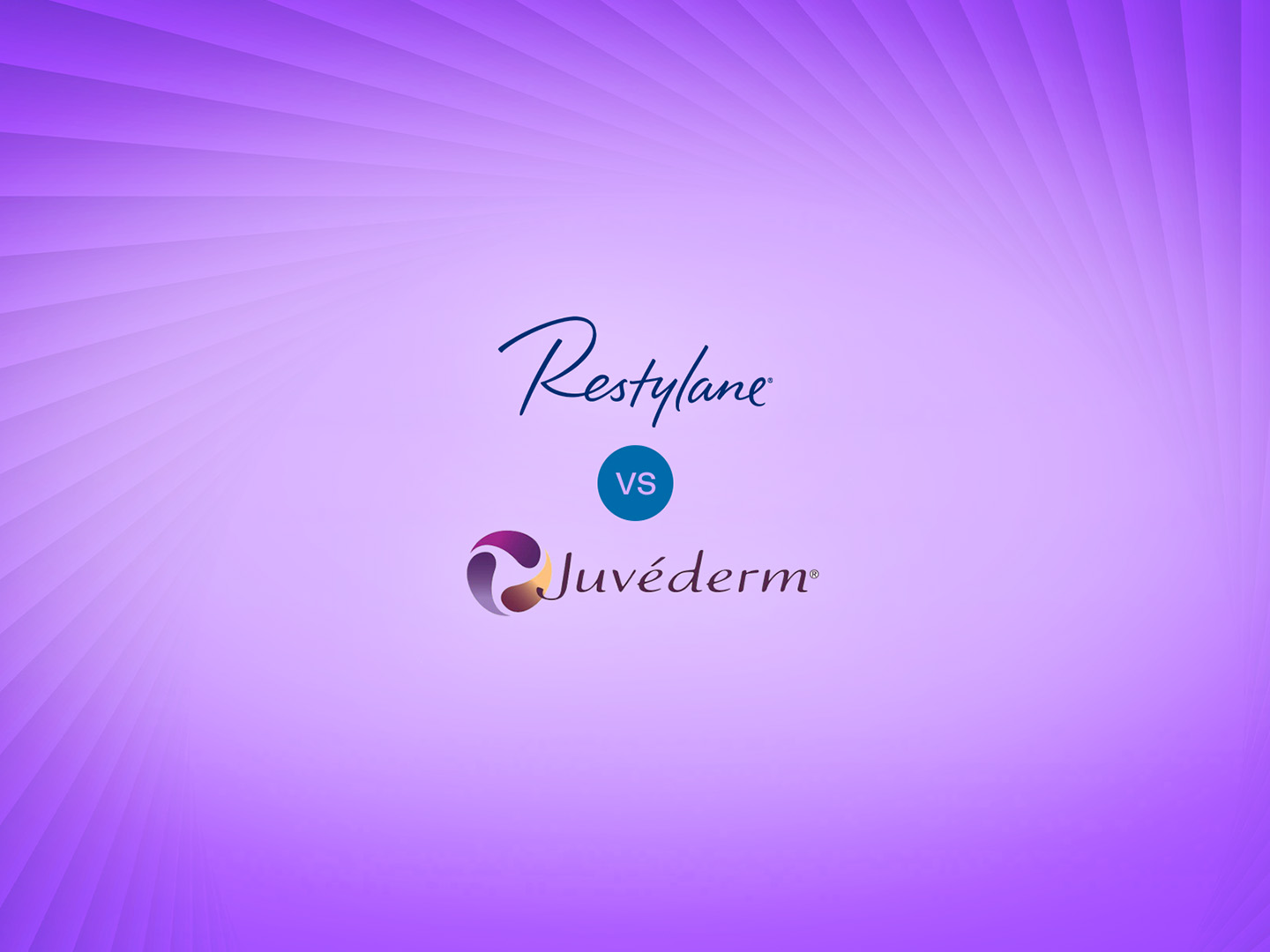
When it comes to aesthetic injectables, few debates are as common, or as clinically relevant, as Restylane vs Juvederm. Whether you're refining lips, restoring midface volume, or addressing tear trough hollows, these two hyaluronic acid filler families are often at the top of your product selection list. Both are well-established, FDA-approved, and trusted by experienced injectors, but they’re far from interchangeable.
Similar to the Juvederm vs Botox debate, for medical aestheticians, understanding the real differences between Restylane and Juvederm goes beyond comparing brand names. Each filler line brings its own unique technologies, behaviors, and strengths to the table. Some products are better suited for precise contouring and lift, while others excel in soft blending and subtle smoothing. And depending on the treatment area, facial dynamics, and patient expectations, choosing the right filler can make the difference between good results and truly personalized outcomes.
Restylane at a Glance
Restylane is manufactured by Galderma and is known for two primary technologies:
- NASHA (Non-Animal Stabilized Hyaluronic Acid): A firmer, more cohesive gel, ideal for structure and definition. Found in classic Restylane, Restylane-L, and Lyft.
- XpresHAn Technology (a.k.a. OBT – Optimal Balance Technology): Creates a more flexible, dynamic filler that integrates well into tissue. This technology is used in Restylane Kysse, Refyne, and Defyne.
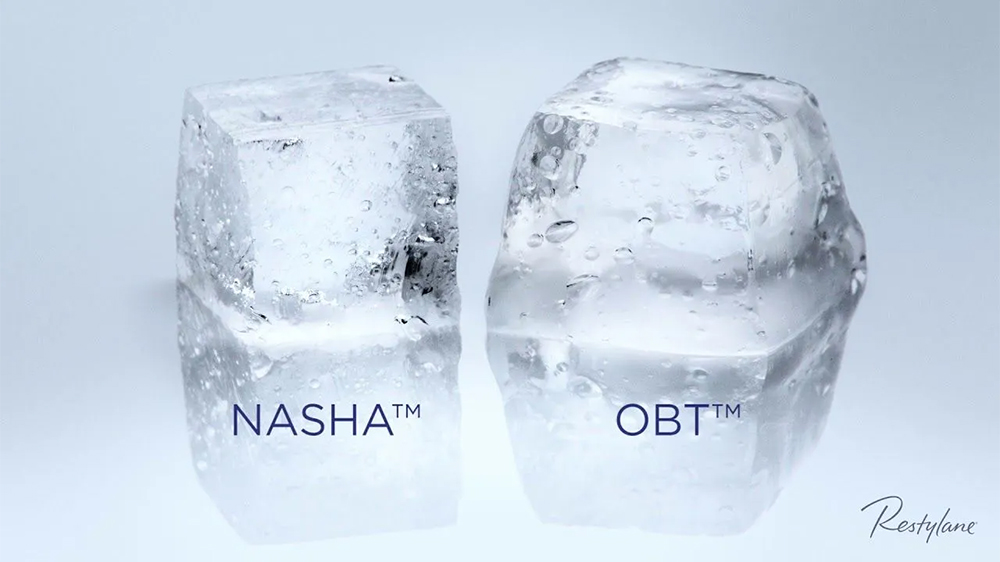
Popular Restylane products
- Restylane Lyft: High lift capacity, ideal for midface and structural areas
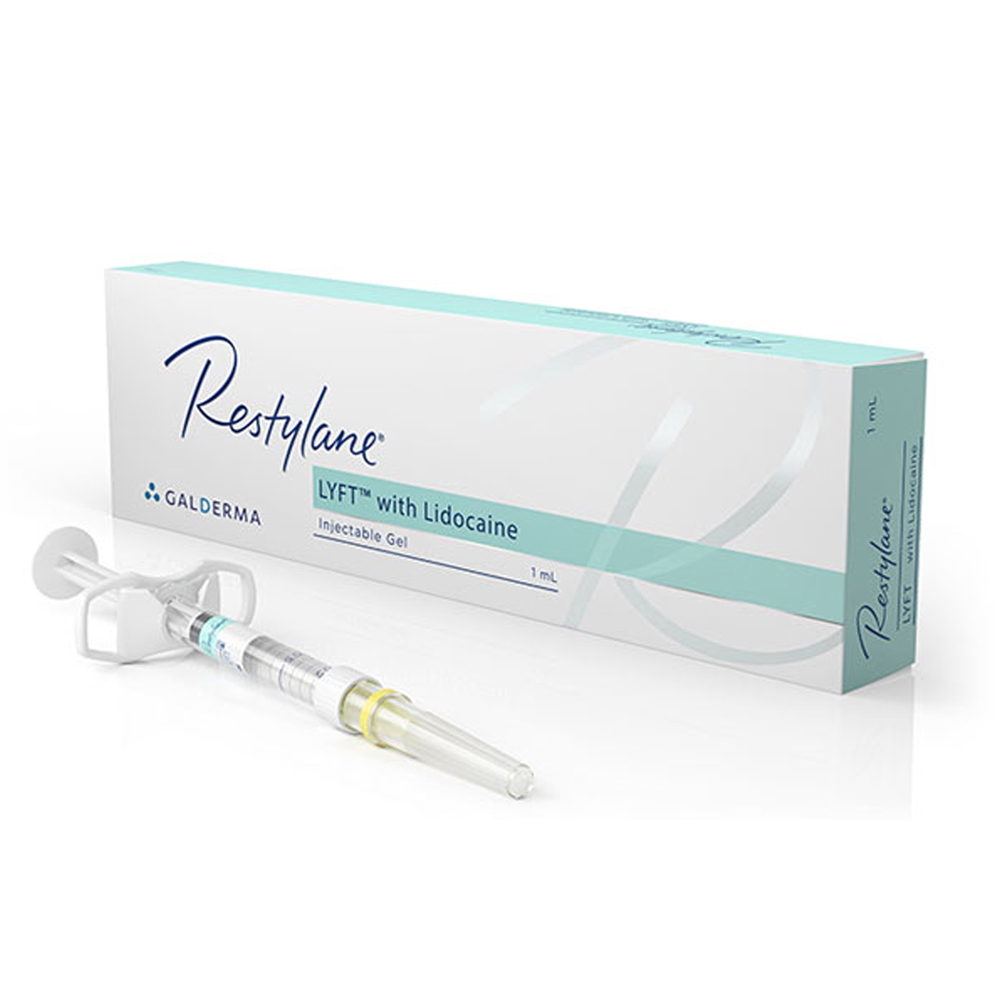
- Restylane Kysse: Soft, pliable lip filler with strong tissue integration
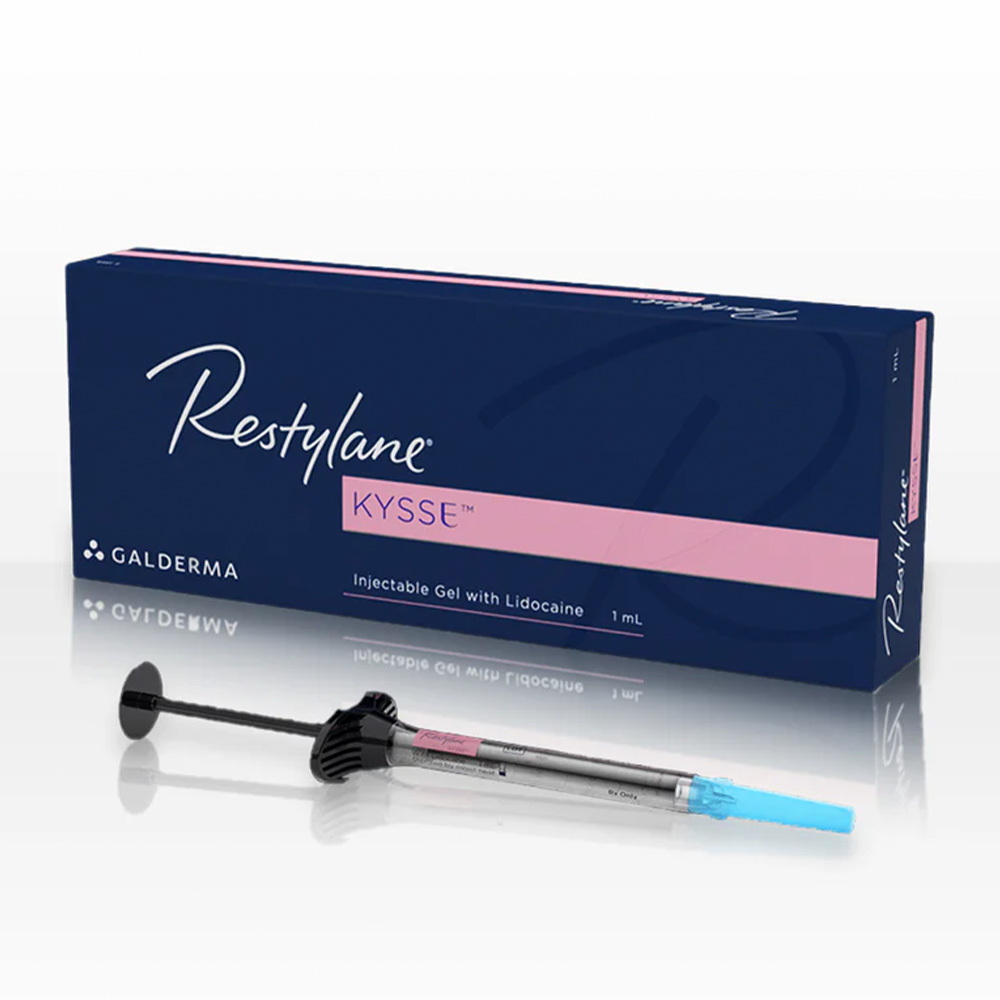
- Restylane Defyne: Designed for deep folds and dynamic expression zones
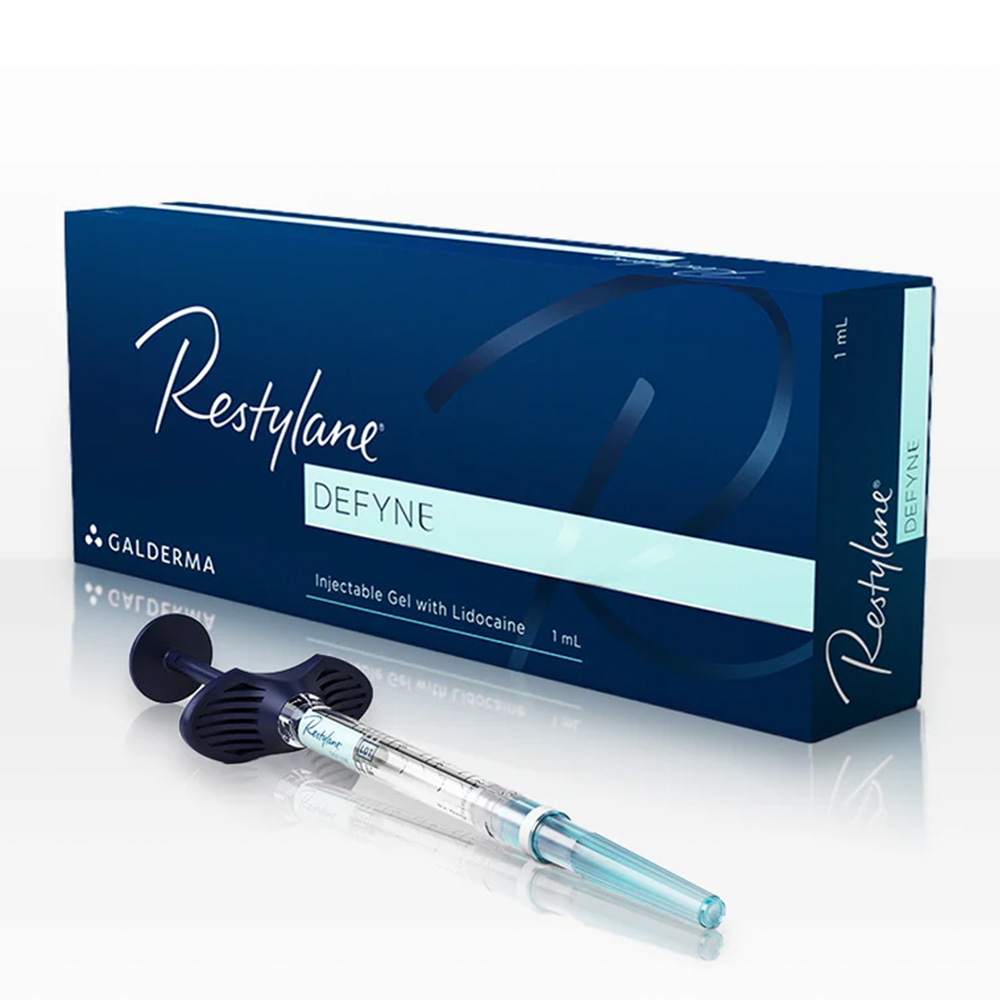
- Restylane Eyelight: Formulated specifically for tear trough correction
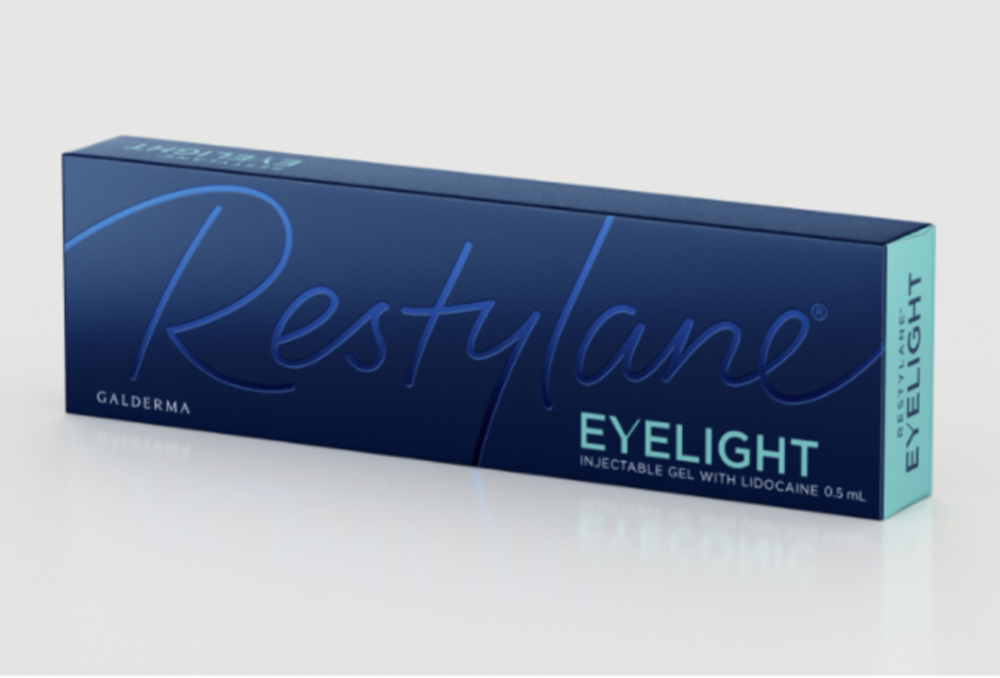
Juvederm at a Glance
Juvederm, developed by Allergan, is known for two main technologies:
- Hylacross: An older crosslinking process that produces a smooth, gel-like texture (e.g., Juvederm Ultra).
- Vycross: Combines low and high molecular weight HA for improved durability, spreadability, and low water absorption (e.g., Voluma, Volbella, Vollure, Volux).
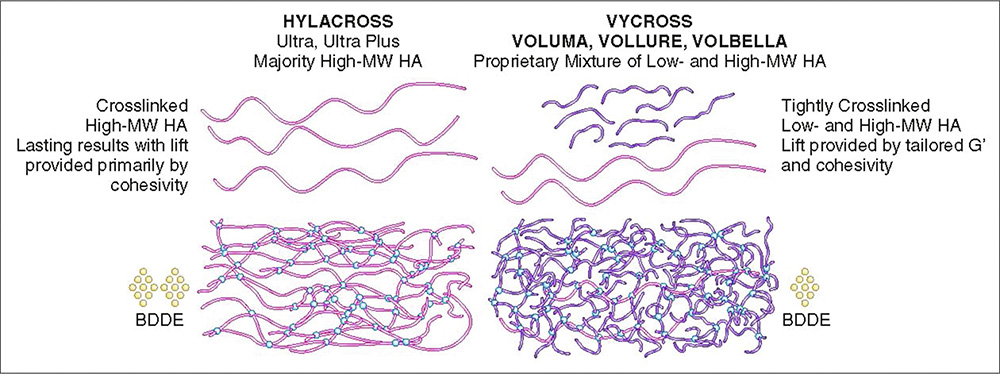
Popular Juvederm products
- Juvederm Ultra XC: Great for volume and lip augmentation (find more information in our article on lip augmentation with Juvederm)

- Volbella XC: Softer filler for tear troughs and perioral lines

- Voluma XC: Ideal for midface and chin augmentation
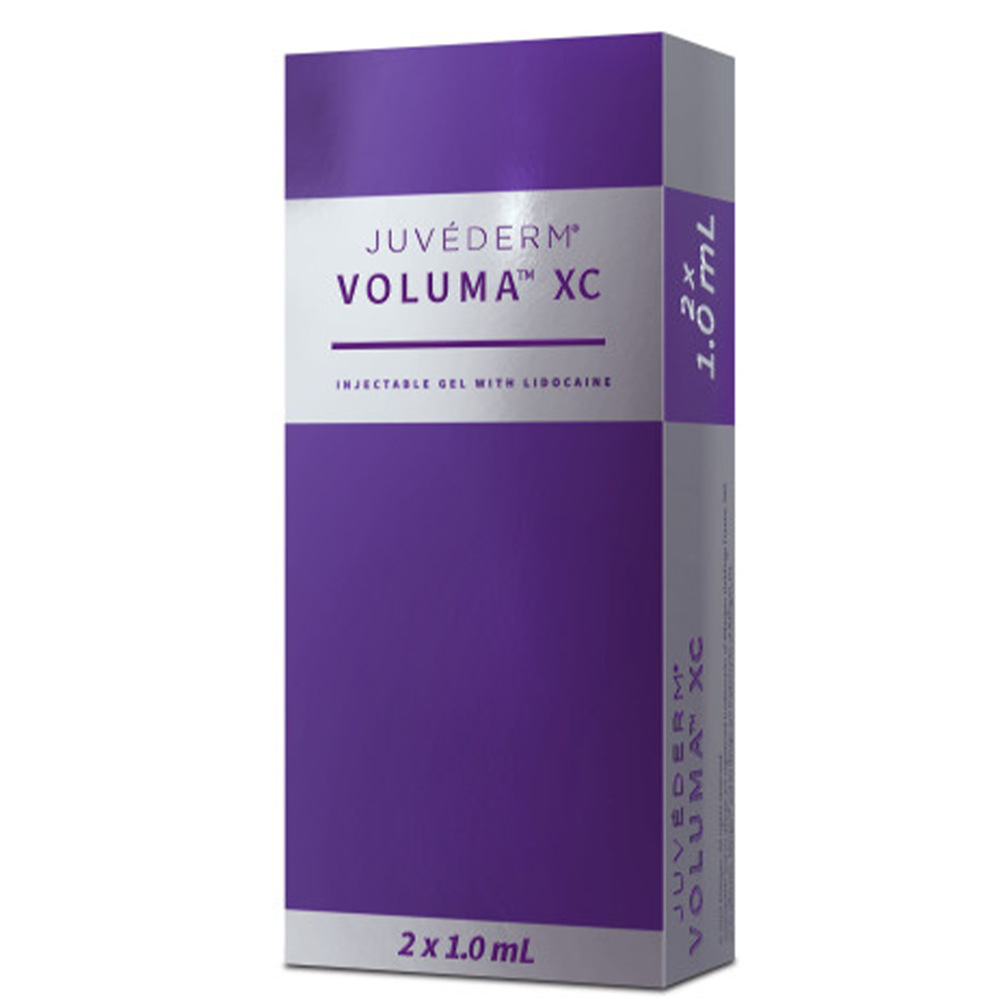
- Volux XC: High-strength jawline sculpting filler
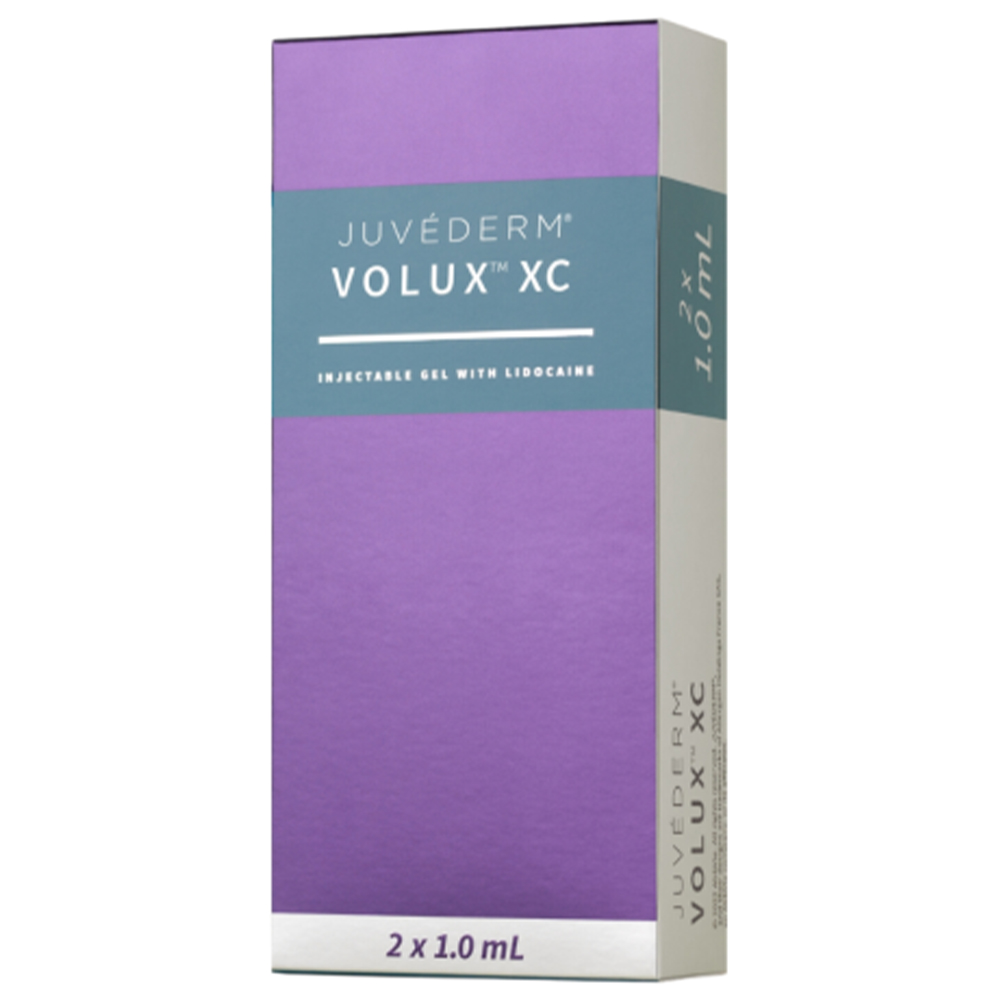
Key Differences in Composition and Behavior
While both filler families rely on hyaluronic acid, the main hyaluronic acid filler differences are the way they’re built and how they behave in tissue vary significantly. We’ve prepared the best dermal filler comparison chart:
Restylane tends to hold its shape better in areas needing more structure, while Juvederm’s smoother texture is often favored for blending and soft contouring.
Can You Mix Juvederm and Restylane?
Yes, but with caution. While both are HA-based, their structural differences mean mixing them in the same session or area isn’t always ideal. You can safely use different brands in different areas during the same appointment, for example, Juvederm Voluma in the cheeks and Restylane Kysse in the lips. However, layering them within the same anatomical plane or switching brands too soon after an injection can lead to unpredictable results or irregularities.
When transitioning between brands, allow adequate time for full integration or partial breakdown before introducing a different product.
Best Use Cases by Brand
What Is Restylane Best For?
Restylane is excellent when definition, structure, and moldability are priorities. Use it when you want control and shape retention:
- Tear troughs: Eyelight or Volbella, depending on skin thickness
- Lips: Kysse offers balance between softness and structure
- Cheeks: Lyft for volume and contour
- Nasolabial folds: Defyne or Refyne for dynamic zones
What Is Juvederm Best For?
Juvederm shines when smooth blending and subtle transitions are the goal:
- Cheeks and midface: Voluma for lift and volume
- Chin and jawline: Volux for sharper definition
- Lips: Ultra XC for bold plumping or Volbella for softness
- Fine lines: Volbella for under-eyes and vertical lip lines
The smoother texture of Juvederm may make it easier to sculpt soft transitions, while Restylane often holds its position better in dynamic or deeper areas.

Patient-Centered Decision-Making
Not every filler works for every face. Tailoring your product selection to individual anatomy, expression patterns, and goals is the mark of a skilled injector.
- Skin Thickness & Elasticity: Restylane (especially NASHA) may be better for thicker or more structured skin. Juvederm products with Vycross are great for thinner or more delicate skin zones.
- Facial Dynamics: For expressive patients, XpresHAn products like Defyne or Refyne move more naturally with facial animation.
- Male vs. Female Faces: Men may need firmer fillers for angular features—Volux or Lyft are strong contenders. For female patients, a softer approach with Volbella or Kysse often suits aesthetic goals.
- Ethnic Anatomy: Consider cultural and structural norms. Some patients may desire sharper definition, others more subtle transitions.
- Switching or Combining Fillers: In long-term plans, switching between brands is possible, but clear records, product familiarity, and timing are essential.
Understanding how different fillers perform across patient types is critical for achieving predictable outcomes and high satisfaction.

Practical Tips for Injectors
Every filler feels a little different in the syringe and under the skin. Here are some real-world pearls from experienced injectors:
- Extrusion Force: Juvederm tends to extrude more easily due to its smooth texture. Restylane, especially NASHA types, may require more controlled pressure.
- Moldability: Restylane is easier to sculpt during injection and immediately after, whereas Juvederm integrates more fluidly but may not hold defined shapes as easily.
- Transitioning Between Brands: If a patient is switching from Juvederm to Restylane or vice versa, allow sufficient time between treatments to reduce the chance of product overlap.
- Clinical Preferences: Some injectors prefer Juvederm for cheeks and lips due to its smooth lift, while others opt for Restylane’s precision in high-definition areas like the nose, chin, or tear troughs.
No matter the brand, technique and training matter most. Staying up to date with dermal filler training ensures you're making the most of every product. You can find a detailed Juvederm training that you can enroll in online and complete at your own convenience.
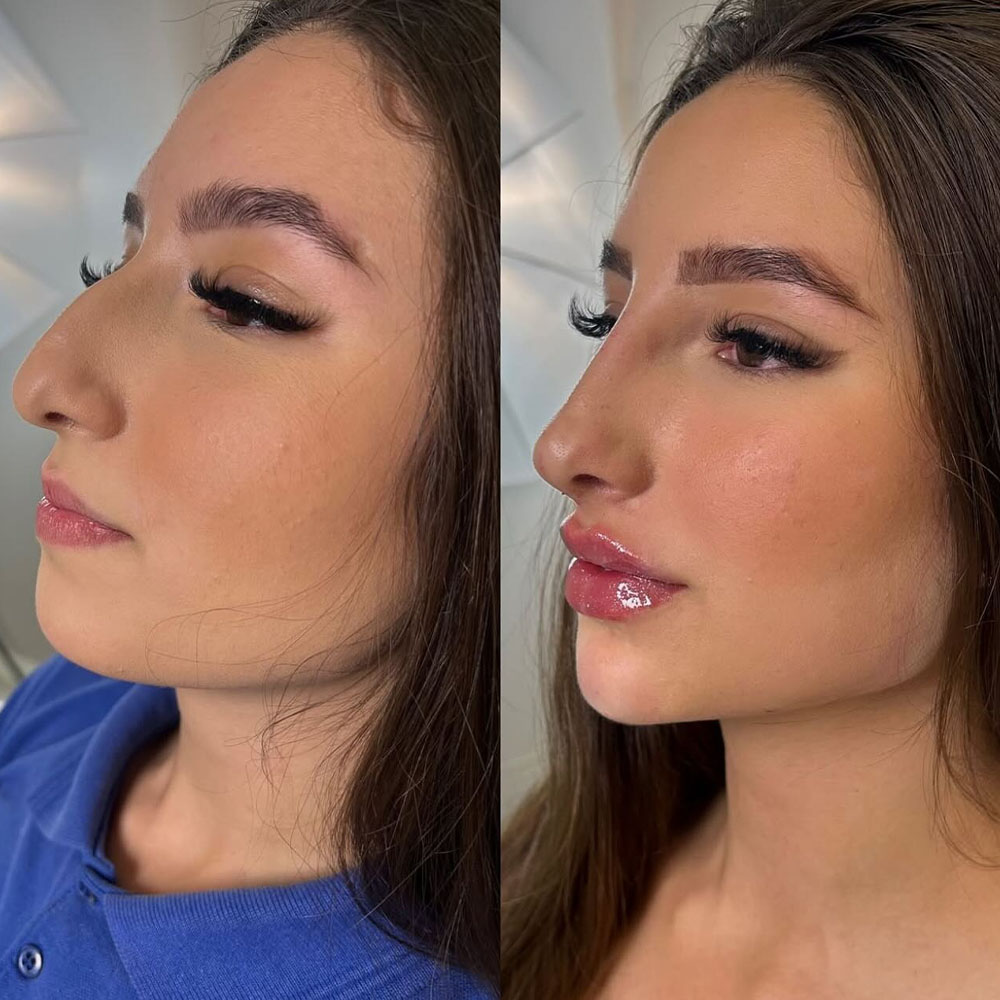
Conclusion: Choosing Between Restylane and Juvederm
There’s no clear “winner” between Restylane and Juvederm, just the best match for each patient, area, and goal. Both filler families offer high-quality options supported by years of clinical research, safety data, and aesthetic success. As a medical aesthetician, knowing the subtle differences in texture, lift, integration, and longevity can help you select the right tool for the job, and you can improve your knowledge as well as master aesthetic medicine with HubMed Ed.
Whether you're restoring midface volume, reshaping lips, or smoothing tear troughs, the best outcomes come from thoughtful planning, product familiarity, and skilled technique. Keep learning, stay hands-on, and choose the filler that works with, not against, the natural dynamics of the face.
FAQ: Restylane vs Juvederm
Which is better, Restylane or Juvederm?
Neither is universally better, they serve different purposes. Restylane is great for definition and structure, while Juvederm often blends more smoothly for softer transitions.
Which lasts longer, Restylane or Juvederm?
It depends on the product and area. Voluma and Volux (Juvederm) can last up to 24 months, while Restylane Lyft typically lasts 12–18 months. XpresHAn products (like Kysse) last about a year.
Is Restylane good for under eyes?
Yes, particularly Restylane Eyelight or classic Restylane. They integrate well into delicate under-eye tissue with minimal swelling.
Who should not use Restylane?
Patients with active skin infections, severe allergies, or sensitivity to lidocaine or hyaluronic acid should avoid Restylane. It’s also not recommended during pregnancy or breastfeeding.
What can you not do after Juvederm?
Avoid alcohol, strenuous exercise, and excessive sun or heat exposure for 24–48 hours. No makeup or pressure on the area for the first day.
Sources
1. Dover JS, Carruthers A, Carruthers J, Alam M. Clinical Use of RESTYLANE [published correction appears in Skin Therapy Lett. 2005 Mar;10(2):9]. Skin Therapy Lett. 2005;10(1):5-7. https://pubmed.ncbi.nlm.nih.gov/15776203/
2. Monheit GD, Prather CL. Juvéderm: a hyaluronic acid dermal filler. J Drugs Dermatol. 2007;6(11):1091-1095. https://pubmed.ncbi.nlm.nih.gov/18038495/
3. Trinh LN, Gupta A. Hyaluronic Acid Fillers for Midface Augmentation: A Systematic Review. Facial Plast Surg. 2021;37(5):576-584. doi:10.1055/s-0041-1724122 https://pubmed.ncbi.nlm.nih.gov/33634456/
4. Kim JE, Sykes JM. Hyaluronic acid fillers: history and overview. Facial Plast Surg. 2011;27(6):523-528. doi:10.1055/s-0031-1298785 https://pubmed.ncbi.nlm.nih.gov/22205525/
*This article is intended for licensed medical professionals. All protocols, dosages, and treatment insights referenced herein are based on published literature. The content is not intended to encourage application, diagnosis, or self-treatment of unlicensed individuals, and should not be used as a substitute for the clinical judgment of a qualified healthcare provider.
Disclaimer:
This article is intended for licensed medical professionals. All protocols, dosages, and treatment insights referenced herein are based on published literature. The content is not intended to encourage application, diagnosis, or self-treatment of unlicensed individuals, and should not be used as a substitute for the clinical judgment of a qualified healthcare provider.

